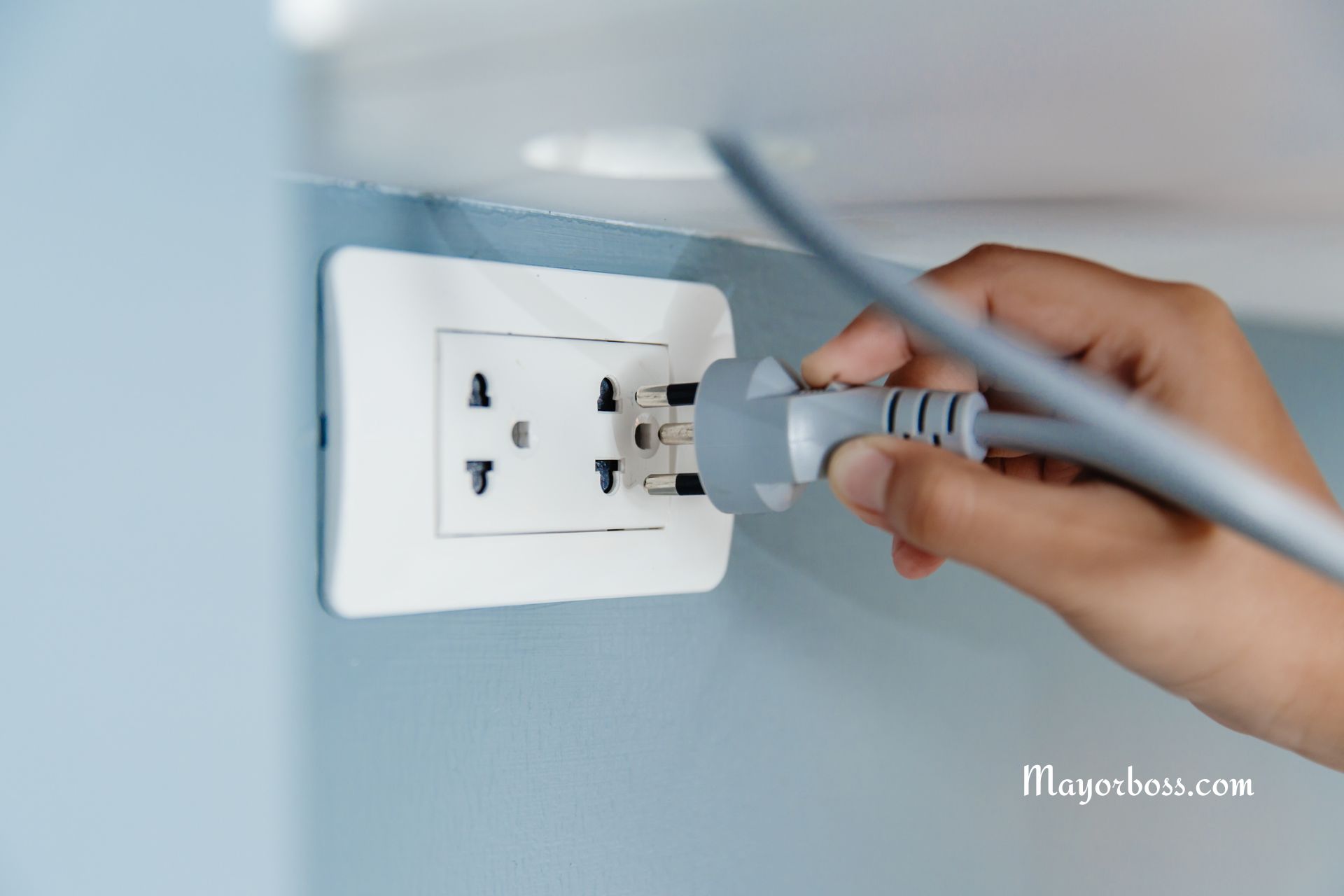Are You Paying for Power You Don’t Use? Unplug These Appliances to Save
Electricity bills can sneak up on you, especially when it feels like you’re not doing much to cause a spike. However, many of us don’t realize that some appliances consume power even when they’re not in use, silently adding to our monthly expenses. This phenomenon, known as “phantom load” or “vampire power,” occurs when electronic devices and appliances continue to draw power from the outlet, even when turned off or in standby mode. So, how can you tackle this issue and save money? Let’s find out which appliances you should be mindful of and how unplugging them can lead to savings.

Appliances That Use Power in Standby Mode
- Chargers (Phone and Laptop): Even when your phone or laptop is disconnected, the charger can still draw power if it’s left plugged into the wall. Although it might seem like a small amount, over time, it can add up.
- Television and Entertainment Systems: Your TV, especially smart TVs and related devices like game consoles and streaming boxes, often enter a standby mode rather than fully turning off. This way, they can quickly resume activity, but it also means they’re always consuming a bit of power.
- Kitchen Appliances: Microwaves, coffee makers, electric kettles, and other kitchen gadgets with digital clocks or standby lights are typical culprits. They’re designed for convenience, ready to spring into action, which translates into continuous energy use.
- Computer and Accessories: Your desktop computer and peripherals like printers and speakers can draw power even when they seem idle. Sleep mode isn’t the same as off, so these devices are still using electricity.
- Charging Stations: Dedicated charging stations for batteries, toothbrushes, or shavers keep drawing power as long as they’re plugged in, regardless of whether they’re charging anything.
How Unplugging Saves Money
Unplugging these appliances when they’re not in use might seem like a hassle, but it can lead to noticeable savings on your electricity bill. Even though the amount of power consumed by a single device in standby mode might be small, the combined effect of multiple devices can be significant.
According to the U.S. Department of Energy, phantom power accounts for up to 10% of the average household’s energy consumption. You could save anywhere from a few dollars to over a hundred dollars a year, depending on the number and types of devices you have.
Tips for Making It Easier
- Use Power Strips: Plugging multiple devices into a power strip makes it simpler to cut power to all of them with just one switch.
- Smart Plugs: Invest in smart plugs that you can control with your smartphone. This way, you can easily turn off power to devices without needing to unplug them physically.
- Habit Building: Make it a routine to check and unplug unnecessary devices before leaving the house or going to bed.
Frequently Asked Questions
1. Will unplugging appliances shorten their lifespan?
No, unplugging your appliances won’t harm them or shorten their lifespan. In fact, it can sometimes prolong it by reducing the chances of overheating or power surges damaging your devices.
2. Can I leave any appliances plugged in all the time?
Appliances that need to stay on, like refrigerators and freezers, should obviously remain plugged in. Devices that use negligible power or have integral timers could be left plugged in, but assess if their convenience outweighs the cost.
3. How do I identify which devices use the most standby power?
A quick test involves using an energy monitor or a smart plug that measures power consumption. Plug your device into the monitor and see how much power it draws when it’s turned off but still plugged in.
